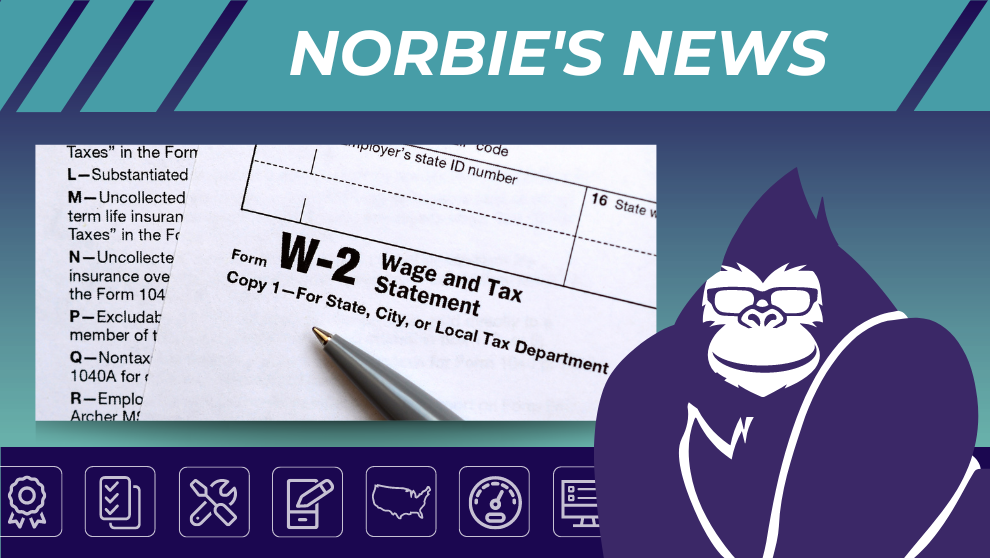
The Role of Market Volatility in Builders' Risk Valuation
SHARE STORY
By Sara Bankert, Vice President
Builders risk insurance is a specialized policy designed to protect construction projects from various risks during the building phase. A critical component of this insurance is accurate project valuation, ensuring coverage aligns with the project's true worth. However, in today's dynamic market, construction costs and timelines are increasingly influenced by market volatility.
Recent data highlights this trend: the CBRE Construction Cost Index reported a 4.9% escalation in construction costs for 2023, a decrease from the record highs of 2022 but still above historical averages. This article explores the factors driving market volatility and its impact on project valuation, offering insights into how builders and insurers can navigate these complexities.
Collaboration among builders, insurers, insurance agents, and other stakeholders is crucial to effectively addressing market volatility.
Market Volatility’s Impact on Builders Risk Valuation
Market volatility refers to the rapid and unpredictable fluctuations in economic conditions that can significantly impact industries, including construction. In the construction sector, key drivers of market volatility encompass:
- Material Shortages: Events such as international trade policies can lead to sudden increases in material costs, exemplified by a surge in steel prices impacting high-rise building projects.
- Labor Scarcity: The construction industry faces a severe labor shortage, with over half a million unfilled positions, leading to increased wages and project delays.
- Supply Chain Disruptions: Global events, including pandemics, have caused significant delays in material deliveries, affecting project schedules and budgets.
- Inflation: Rising costs for materials and labor due to inflationary pressures have led to increased project expenses and financial strain on contractors.
These volatile factors complicate builders' risk valuation in several ways:
- Underestimated Costs: Rapid price increases can render initial project budgets obsolete, leading to insufficient insurance coverage.
- Mid-Project Cost Spikes: Unexpected cost escalations during construction can strain financial resources and disrupt cash flow.
- Coverage Gaps: Inaccurate valuations may result in insurance policies that do not fully cover the actual project value, exposing stakeholders to potential losses.
A real-world example illustrating these challenges is the impact of the COVID-19 pandemic on material prices. Lumber prices experienced unprecedented surges, with the Random Lengths Framing Lumber Composite Price (FLCP), or lumber futures price, peaking at over $1,500 per thousand board feet in May 2021. This was nearly three times the pre-pandemic high. This volatility led to budget overruns and delays in numerous construction projects.
As noted by shareholder contributors at Brownstein, "Recent fluctuations in the prices of construction materials have threatened to wreak havoc on otherwise well-planned and well-managed construction projects.” Understanding these dynamics is crucial for stakeholders to navigate the complexities of builders' risk valuation amid market volatility.
Strategies for Managing Builders Risk in a Volatile Market
Navigating the complexities of builders' risk insurance in today's volatile market requires a multifaceted approach. Key considerations include:
- Regularly Updating Valuations: As projects progress, it's essential to reassess valuations to reflect current costs and conditions continually. This practice helps ensure that insurance coverage remains adequate throughout the construction timeline.
- Incorporating Escalation Clauses: Contracts that include clauses addressing potential cost fluctuations can provide a buffer against unexpected price increases, thereby mitigating financial risks.
- Leveraging Technology: Utilizing advanced tools for real-time pricing and forecasting enables stakeholders to make informed decisions and anticipate market shifts effectively.
Collaboration among builders, insurers, insurance agents, and other stakeholders is crucial to effectively addressing market volatility. Maintaining up-to-date and accurate documentation facilitates clear communication and informed decision-making. As noted by Clinton Herman,a guest columnist for CNR, "Proper documentation ensures that everyone involved in a project understands their roles, responsibilities, and the project's progress."
Focusing on these areas can help all parties involved navigate the challenges of a volatile market and encourage builders' risk valuations to remain accurate and comprehensive.
"Recent fluctuations in the prices of construction materials have threatened to wreak havoc on otherwise well-planned and well-managed construction projects.”
Conclusion
Understanding and adapting to market volatility is essential for ensuring accurate builders' risk valuation. The dynamic nature of construction costs, driven by factors like material shortages and labor challenges, highlights the need for proactive strategies and a collaborative approach across the industry.
By staying informed, leveraging innovative tools, and maintaining flexibility, stakeholders can better navigate the uncertainties of a fluctuating market. Embracing these practices helps safeguard projects and fosters resilience, even in the face of unpredictable conditions.
Sara Bankert is Vice President of Builders & Tradesmen's Insurance Services, Inc., an Amynta Group Company.
Builders & Tradesmen’s Insurance Services Inc.
BTIS is committed to providing robust, individualized products and the highest level of service. Our easy-to-use commercial insurance platform, educational tools, and helpful underwriters make it simple for producers to diversify their books of business by expanding their product portfolios.
Part of the Amynta Group, BTIS is a nationwide insurance intermediary with a small-business attitude. We believe in building solid relationships through communication and a genuine concern for the success of our retail broker clients and the policyholders they serve.
For additional information, visit www.btisinc.com or call (877) 649-6682


